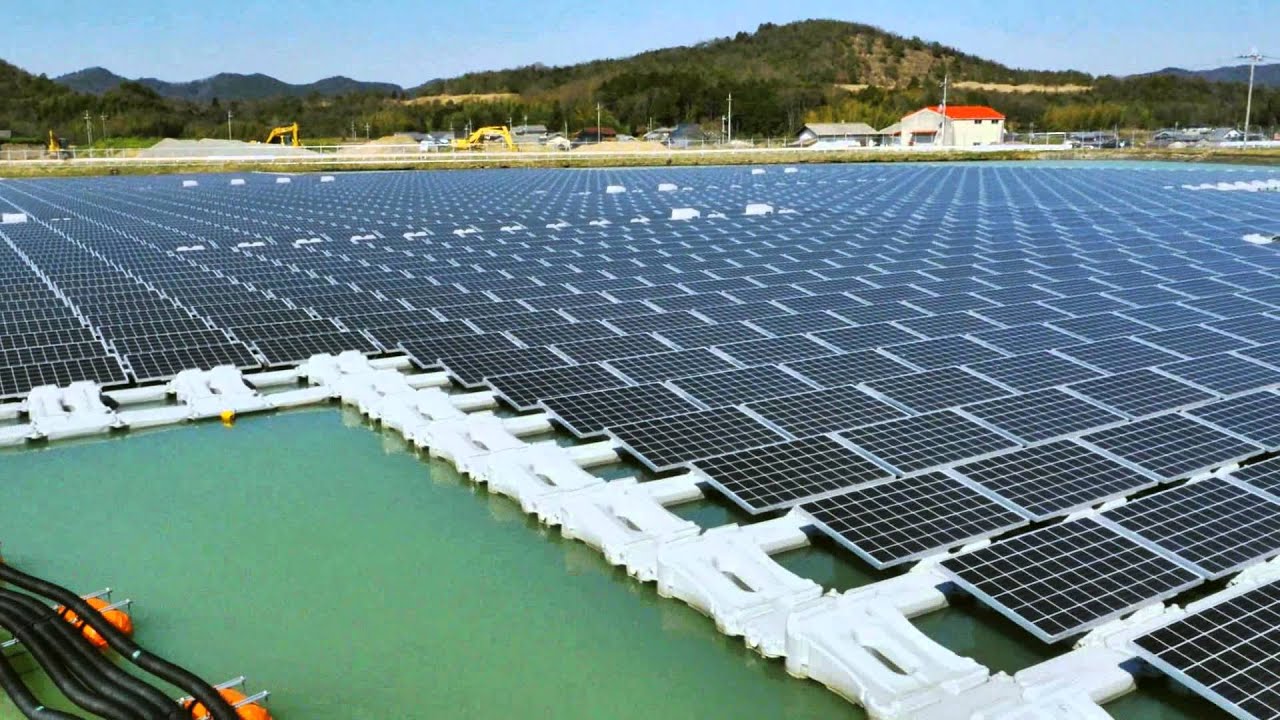China is innovating in floating solar panel farming, and has found the ideal species: sea cucumbers (Apostichopus japonicus).
Photovoltaic solar energy is combined with aquaculture in an approach called aquavoltaics, developed in China. This technique integrates renewable energy generation with sea cucumber farming, providing both environmental and economic benefits.
Sea cucumbers are marine invertebrates related to starfish and sea urchins, with elongated bodies that inhabit ocean floors.
In China, they are a valuable ingredient in gastronomy and traditional medicine. However, their cultivation faces challenges such as high water temperatures, which can lead to massive mortality or induce aestivation (summer hibernation), slowing down their growth.
Impact Study of Photovoltaic Farms
Chinese researchers conducted a one-year study to evaluate the impact of photovoltaic farms on sea cucumber aquaculture. The study, carried out in the Yellow River delta, focused on analyzing how the shade from solar panels affects the aquatic environment and the growth of sea cucumbers.
The site featured a 200 MW solar plant, where several ponds were partially covered by solar panels installed at a minimum height of 1.5 meters above the water. Six ponds of 6.7 hectares and 1.5 meters deep were compared: three with partial shade from solar panels and three without coverage.
 China and its plan to farm under solar panels
China and its plan to farm under solar panels
Positive Results and Yield Potential
The results obtained were encouraging. The solar panels reduced light intensity by 80.5% and water temperature by 1.2°C in shaded ponds compared to uncovered ponds. This thermal moderation created more favorable conditions for the growth of Apostichopus japonicus.
One of the most relevant findings was the reduction in aestivation time. Subadult sea cucumbers shortened this period by 12 days, while adults reduced it by 1 day, allowing for more active growth time.
According to local producers records, ponds with solar panels achieved an estimated yield of 900 kilograms per hectare, compared to 750 kilograms per hectare in unshaded ponds. Although these data were not directly verified by the researchers, preliminary results suggest a positive impact on production.
Environmental Impact and Monitoring
The study also indicated that integrating solar panels over the ponds did not negatively affect water quality, plankton composition, or the sea cucumbers’ digestive process. However, a seasonal increase in Pyrrophyta algae and a zooplankton decrease were observed, highlighting the importance of continuous monitoring to prevent ecosystem imbalances.
The aquavoltaic approach represents an innovative alternative to address the challenges of climate change and optimize natural resources. The combination of solar energy generation and aquaculture allows for better use of coastal spaces and reduces environmental impact. Moreover, this system contributes to the transition to renewable energy sources, aligning with global sustainability goals.
Have you visited our YouTube channel? Subscribe now!

